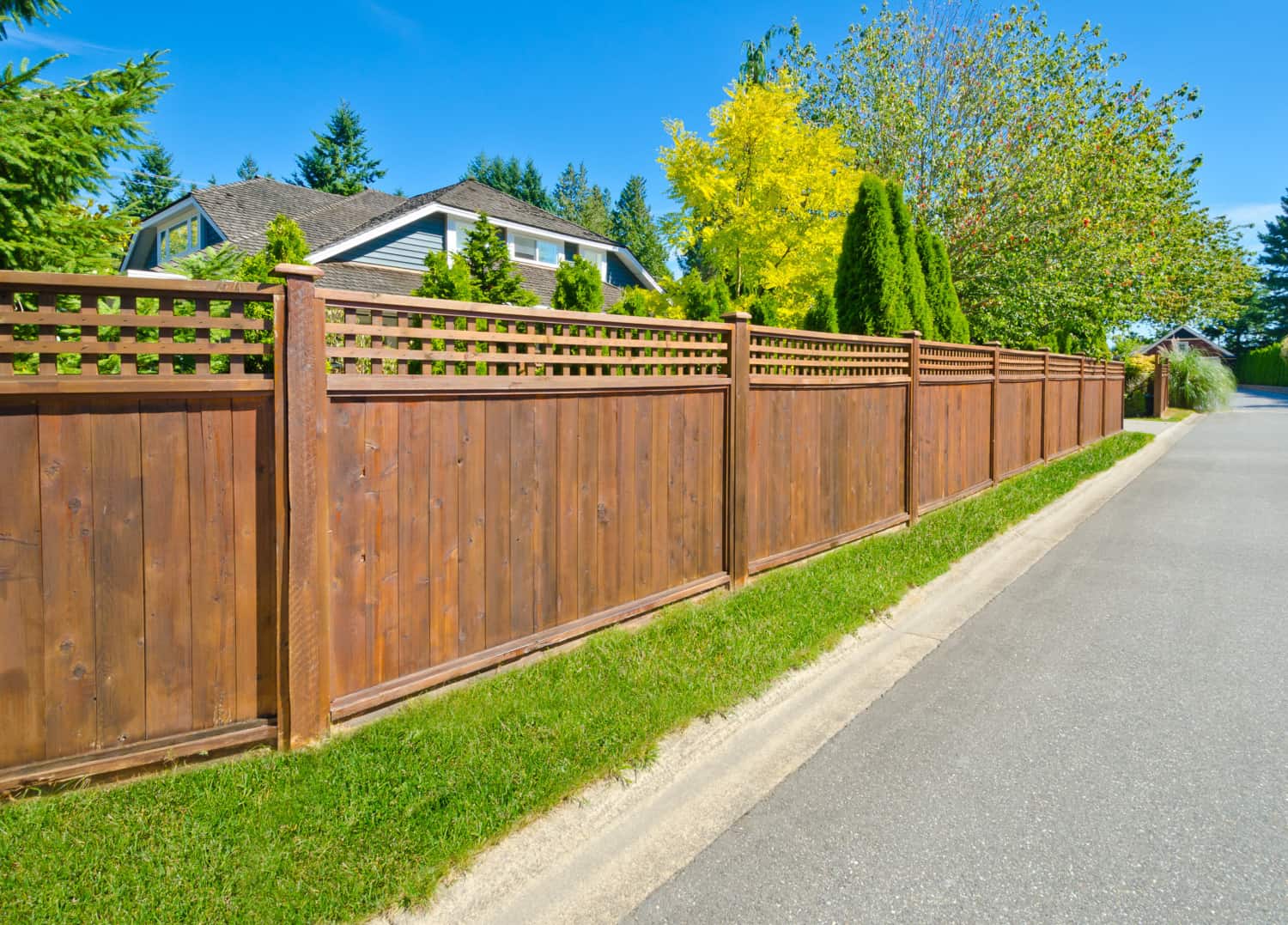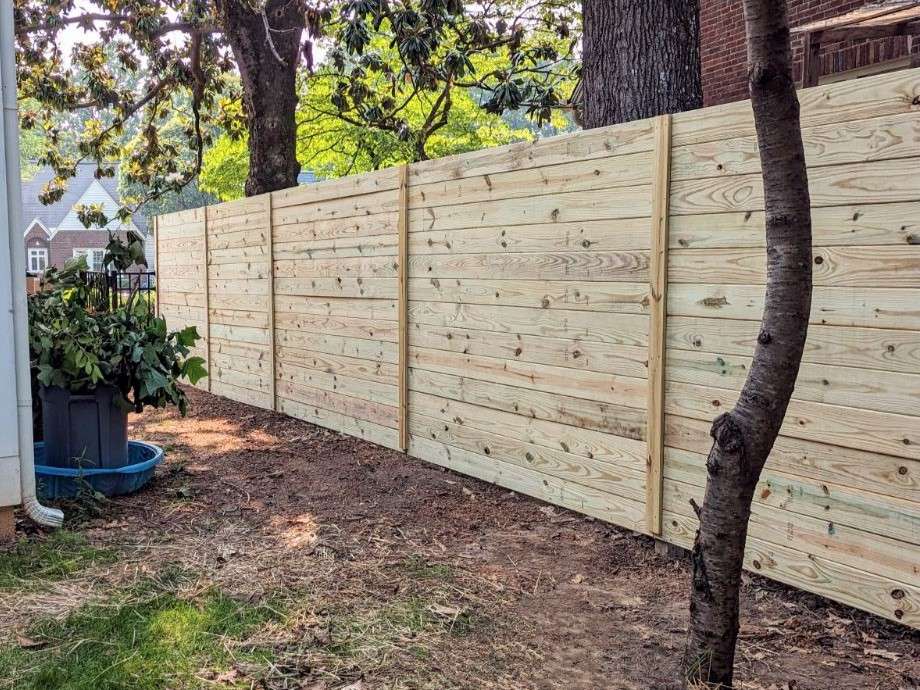All Categories
Featured

When setting up a fencing, choosing the right material is essential to stabilizing performance, aesthetic appeals, and budget plan. Timber, plastic, and aluminum are among one of the most commonly chosen fencing materials, each with its disadvantages and staminas. This guide checks out the benefits and drawbacks of these choices to aid you make an informed choice.

Wood Fence. Pros:. All-natural Elegance: Timber's ageless appeal can improve any kind of residential property with its timeless and cozy appearance. Personalized: You can repaint, tarnish, or sculpt wood to fit your design choices. Budget-friendly: Wood fencing is initially more economical contrasted to some other materials. Eco Friendly: As a sustainable source, timber is biodegradable and often taken into consideration eco-friendly. Cons:. Maintenance-Intensive: Routine sealing, painting, or discoloration is called for to avoid damage from weather and bugs. Prone to Degeneration: Without correct treatment, wood can rot, warp, or split with time. Much shorter Life expectancy: Typically, timber fencings last 10-15 years, depending upon the type of wood and upkeep. Timber is an excellent option for those that value aesthetics and are ready to invest in regular maintenance to protect its look and durability.
Vinyl Fencing. Pros:. Low Upkeep: Plastic needs very little treatment-- simply periodic cleansing with soap and water. Climate Resistant: It does not warp, rot, or succumb to insect damage, making it extremely resilient in numerous climates. Durability: Plastic fencings can last 20-30 years with little to no fixings. Design Selection: Available in a variety of styles, shades, and textures, consisting of wood-like looks. Cons:. Higher Initial Cost: Plastic fencings are extra pricey ahead of time contrasted to timber. Susceptability to Cold: In exceptionally winter, vinyl can end up being prone and brittle to breaking. Minimal Repair Work Options: Matching replacement panels can be testing if damage happens. Plastic fence is excellent for property owners looking for a durable, low-maintenance option that uses contemporary versatility.

Aluminum Fence. Pros:. Rust-Proof: Light weight aluminum resists corrosion, making it a superb choice for moist or damp atmospheres. Sturdy: In spite of being lightweight, light weight aluminum is strong and can stand up to harsh climate condition. Low Upkeep: It requires minimal maintenance, commonly just periodic cleansing. Long Life-span: Aluminum fences can last years without substantial damage. Elegant Style: Usually made use of for ornamental functions, aluminum fencing includes a smooth, innovative want to residential properties. Disadvantages:. High Preliminary Financial investment: Light weight aluminum fences are amongst the costlier alternatives on the marketplace. Less Privacy: The open layouts typical with light weight aluminum fence do not offer much privacy. At risk to Damage: While long lasting, light weight aluminum can damage if hit with sufficient force. Light weight aluminum is an outstanding selection for property owners prioritizing aesthetics and durability without requiring much upkeep.
Making Your Decision. When deciding in between timber, plastic, or aluminum fencing, consider your top priorities:
Timber matches those who appreciate an all-natural look and do not mind placing in upkeep initiative. Plastic is the ideal option for those looking for a low-maintenance, weather-resistant service. Aluminum uses streamlined style and long-lasting durability yet may do not have privacy. By meticulously evaluating these products' functions, you can pick a fencing that complements your property while meeting your useful and visual needs.
Latest Posts
Find Out Why Chicago Drivers Select Montclare Auto Repair for Reliable Service and Significant Savings
Published May 26, 25
1 min read
Uncover Premier Auto Repair Care offered by Montclare Auto Repair – Keep Your Car Running Smoothly
Published May 24, 25
1 min read
Discover Reduce Expenses on Car Maintenance with Montclare Auto Repair’s Limited-Time Deals
Published May 23, 25
1 min read
More
Latest Posts
Find Out Why Chicago Drivers Select Montclare Auto Repair for Reliable Service and Significant Savings
Published May 26, 25
1 min read
Uncover Premier Auto Repair Care offered by Montclare Auto Repair – Keep Your Car Running Smoothly
Published May 24, 25
1 min read
Discover Reduce Expenses on Car Maintenance with Montclare Auto Repair’s Limited-Time Deals
Published May 23, 25
1 min read